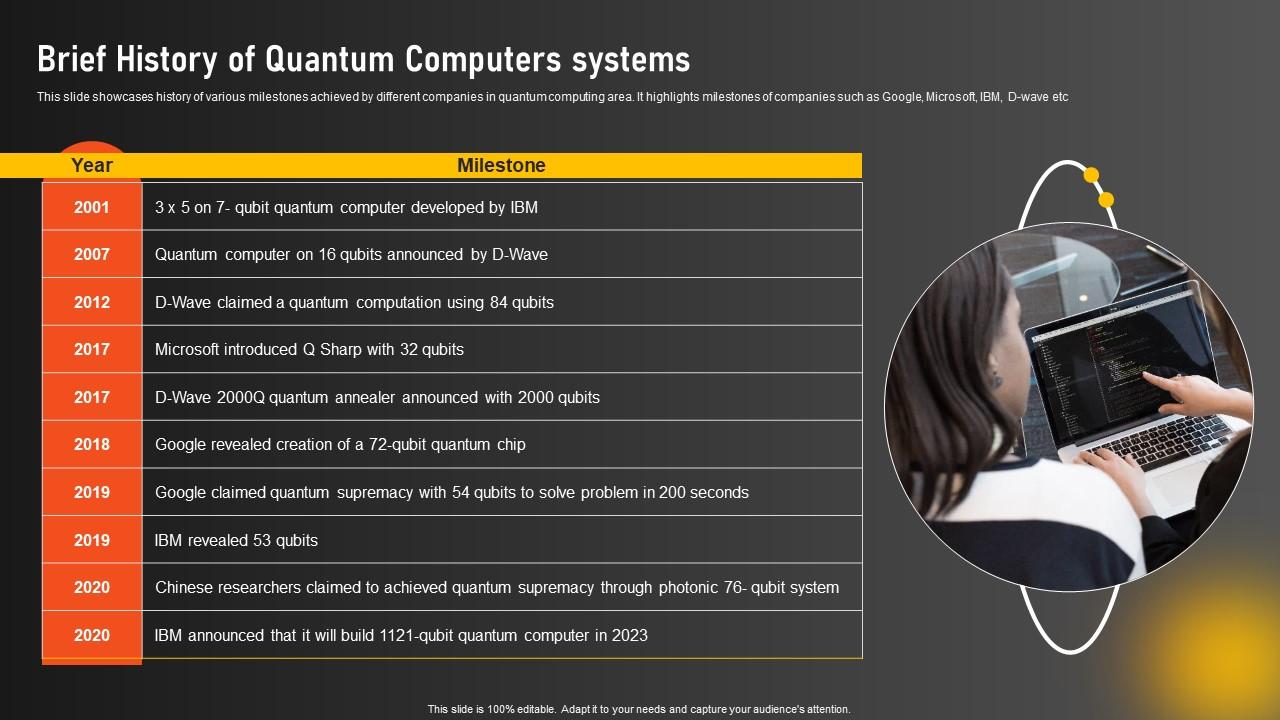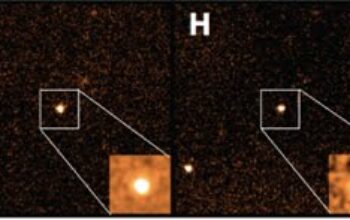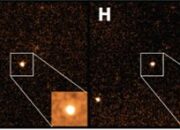Quantum computing, a field at the confluence of computer science and quantum physics, has emerged as a revolutionary paradigm, particularly when interfaced with artificial intelligence (A.I.). This intersection prompts an intriguing inquiry: Who were the foundational figures instigating the development of quantum computers for the enhancement of artificial intelligence? This exploration traverses through the labyrinthine history of quantum computation and highlights the pioneering intellects catalyzing its inception and evolution.
The conceptual foundation of quantum computing can be traced to the early 1980s, when physicist Richard Feynman articulated a vision of a quantum computer that could efficiently simulate physical systems. This notion was revolutionary. In a world where classical computers faltered at simulating quantum phenomena, Feynman’s insights posited that quantum mechanics itself could be harnessed to explore computational capabilities far beyond classical limits. His efforts sowed the seeds of a much broader vision—one in which machines could perform complex computations that classical systems could only dream of.
Simultaneously, one cannot overlook the pivotal role of David Deutsch. In 1985, Deutsch proposed a theoretical model of a quantum computer, establishing it as a universal computational mechanism. His formulation laid the groundwork for transitioning from theoretical musings to functional application. This theoretical undergirding became crucial in framing quantum computing not merely as a curiosity but as a discipline with expansive potential across numerous fields, including artificial intelligence.
As momentum built within the community, the 1990s witnessed accelerated research on quantum algorithms, particularly those with implications for A.I. One pivotal figure during this era was Lov Grover. In 1996, Grover unveiled a quantum algorithm capable of accelerating database searches, fundamentally altering how search problems are approached within the realm of A.I. Grover’s algorithm—now celebrated as Grover’s search—highlighted an unprecedented proficiency in utilizing quantum computers for faster processing tasks. Such advancements were not just academic; they signified a burgeoning synergy between quantum mechanics and computational intelligence.
Simultaneously, Peter Shor’s groundbreaking quantum algorithm for integer factorization, introduced in 1994, underscored the emergent potential of quantum computing in cryptography and A.I.-driven security protocols. Shor’s algorithm presented implications that resonated deeply within sectors reliant on complex computational systems. It also galvanized interest from technologists and industrialists, who envisioned that these quantum breakthroughs could enhance not only cryptographic techniques but also A.I. systems requiring robust computational power.
The academic landscape continued to evolve throughout the early 2000s, as additional thought leaders began to synthesize concepts from quantum computing with machine learning frameworks. Researchers like Barbara Boucher and more recently, John Preskill, began elucidating frameworks that could harness quantum properties for machine learning applications. Preskill notably described “quantum supremacy,” a milestone where quantum computers outperform classical counterparts on significant tasks. His advocacy for interdisciplinary approaches helped translate theoretical advancements into practical methodologies applicable in artificial intelligence paradigms.
In the latter half of the 21st century, the nascent ecosystem of quantum startups emerged, signaling a commercial appetite for the integration of quantum computing with A.I. Google, IBM, and Rigetti Computing became prominent players, each vying to harness quantum mechanics for advancements in machine learning algorithms. Google’s accomplishment of achieving “quantum supremacy” in 2019 served as a stark demonstration of the tangible potential quantum computing holds—not only in basic computations but also in driving innovation within A.I. systems. The coalescence of technology giants and boutique ventures propelled a rapid acceleration of breakthroughs aimed at applying quantum principles to data-driven decision processes and neural networks.
Moreover, the intersection of quantum computing and A.I. has nurtured a fertile ground for interdisciplinary research endeavors. Scholars from physics, computer science, and cognitive sciences are collaborating, unearthing methodologies that harness quantum properties to optimize learning algorithms and enhance performance metrics in A.I. This collaborative nexus acts as both an incubator and a crucible, enabling innovative applications that can reconcile the capabilities of quantum computing with the cognitive tasks typically reserved for artificial intelligence.
Yet, as one delves deeper into this captivating narrative, it becomes apparent that the journey is fraught with complexities. Concerns surrounding scalability, error rates, and the physical limitations of qubits continue to challenge researchers. The quest for fault-tolerant quantum computing systems remains an enormous barrier to realizing the full potential of quantum-enhanced artificial intelligence. As communities navigate these technical challenges, the philosophical implications of quantum A.I. come to the forefront—wrestling with the ramifications of machines capable of operating beyond classical constraints in understanding and simulating human-like cognition.
In summation, the journey towards creating quantum computers for artificial intelligence was not initiated by a singular genius but rather shaped by a tapestry of brilliant minds responding to complex scientific challenges. Figures such as Richard Feynman, David Deutsch, Lov Grover, and more contemporary innovators have collectively contributed to establishing a framework where quantum computing meets A.I. The ongoing endeavor reflects a kaleidoscopic paradigm shift, promising a future where the combined faculties of quantum computing and artificial intelligence redefine the limits of computational potential. As curiosity about these technologies burgeons, one is left pondering: what astonishing developments lie ahead on this quantum frontier?










